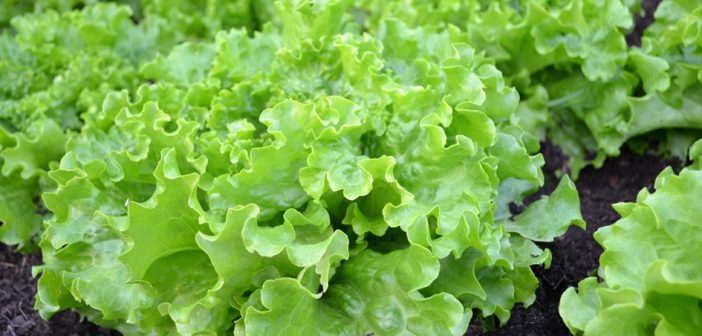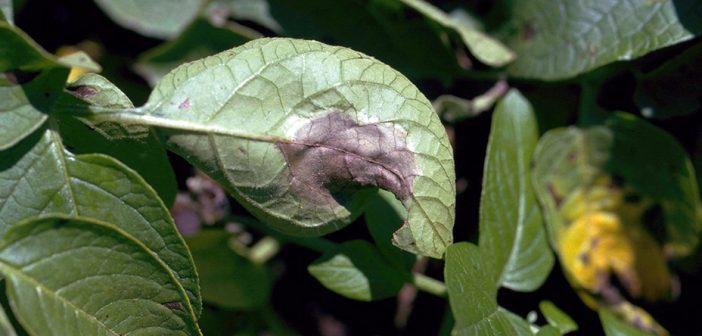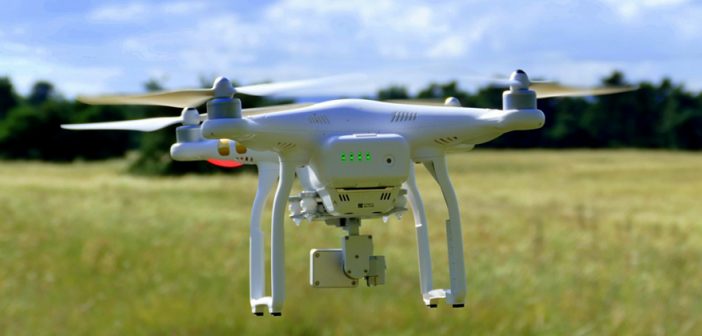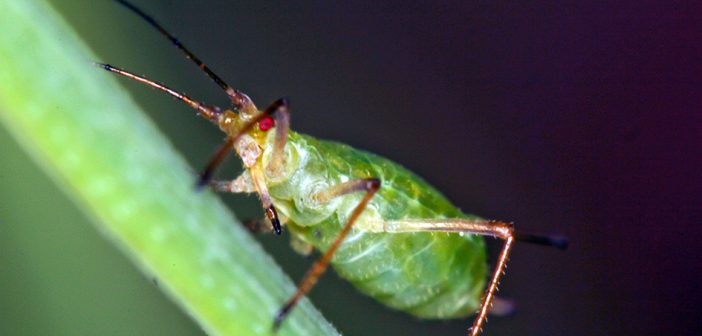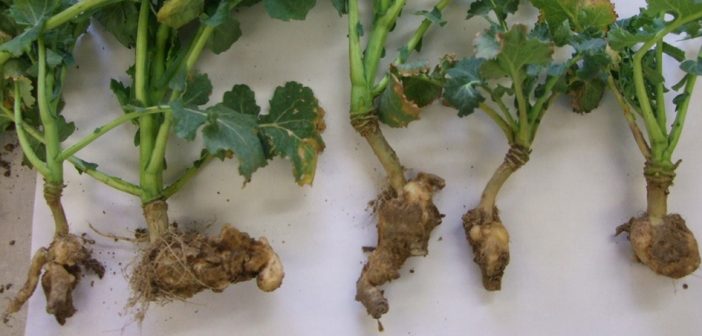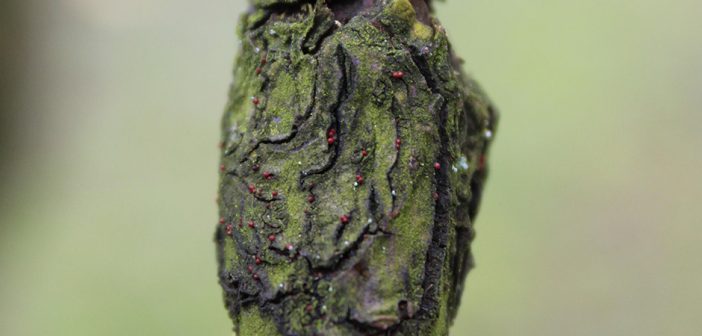AHDB Horticulture has reported that symptoms of Phytopthora infestans causing late blight on tomato crops have been seen earlier than usual this year.
According to reports, symptoms seen on young plants included some leaf spotting and widespread stem lesions, usually starting just above the graft union. According to AHDB: ‘These early symptoms resulted in significant plant losses, though some plants survived while still exhibiting brown stem lesions. Browning on stems is not deep and doesn’t appear to penetrate to level of the vascular tissues. The browning spreads right round and then along affected stems and bears a superficial resemblance to Botrytis stem rot, although generally stems of plants that have survived the initial stages of the disease do not wilt and die off like Botrytis-affected stems.’
A post on the levy board’s website also confirmed: ‘On one nursery assessed during May 2018, all symptomatic plants were exhibiting symptoms at a comparable stage with no visible evidence of secondary infection, although the browning was still extending at a rate of several cm per week. Immunodiagnostic tests were carried out to compare swab samples from plant surfaces and various surfaces within the greenhouse, with stem tissue scrapes and leaf samples. These tests showed strong presence of P. infestans in the brown lesions and no presence in any green tissues tested. Two infected plants have been tested by The James Hutton Institute, who have identified them both as belonging to the EU 39 A1 genotype.’
Photo Caption: Early season infection has been characterised by stem lesions
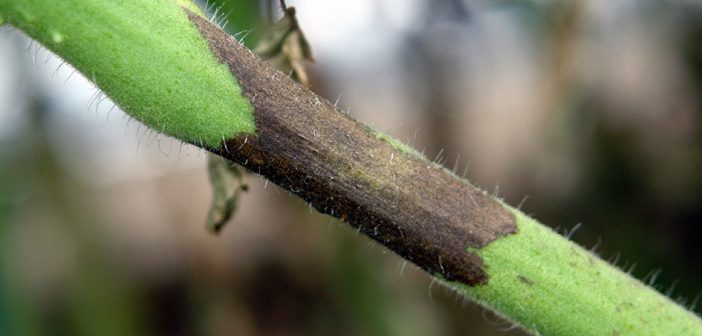
Photo Credit: Wikipedia The post Phytophthora infestans identified early in tomato season appeared first on Hort News
